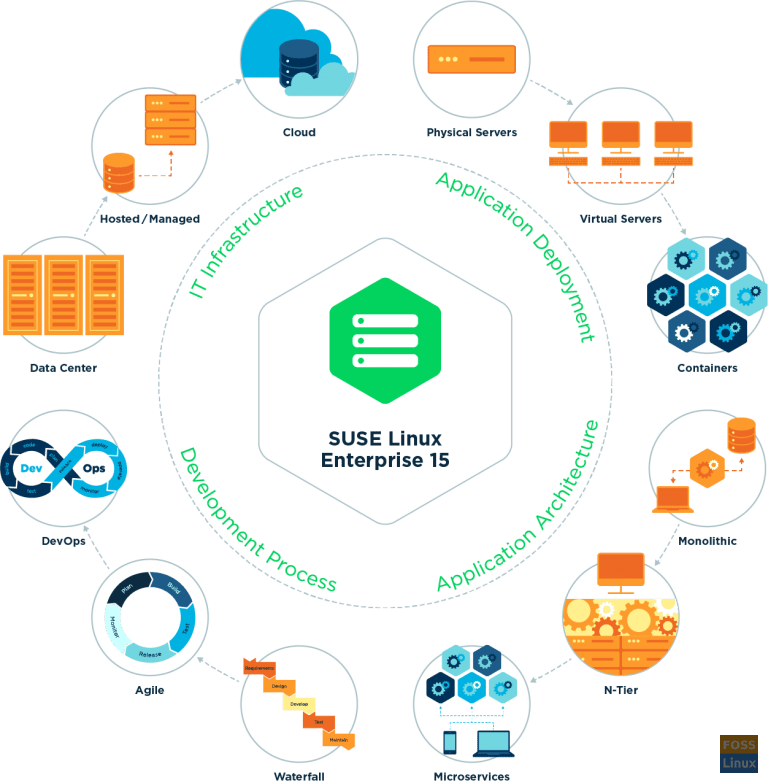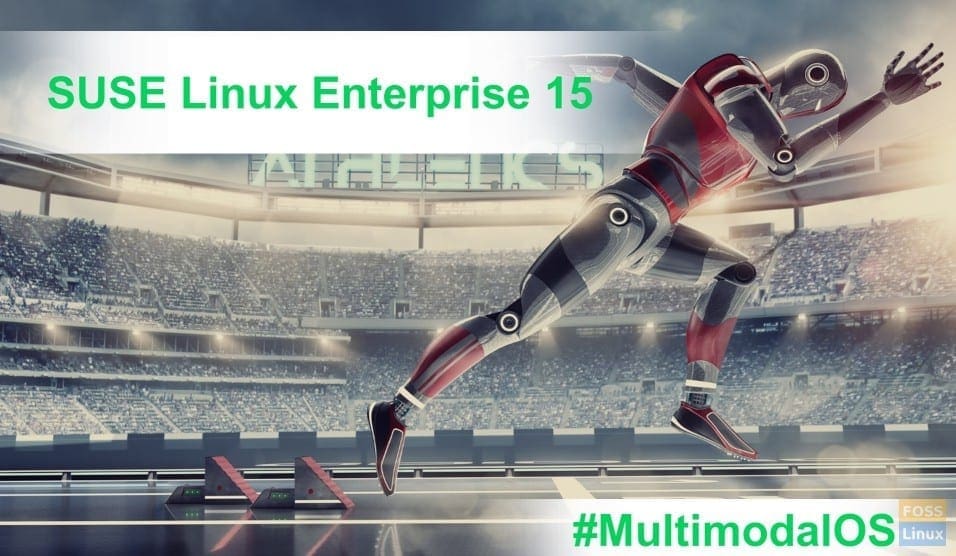With the latest Linux Enterprise 15 come support for cloud-native, containerized applications, which will allow companies to head to the next level.
At this year’s Open Source Summit held in Shanghai, China, SUSE made a huge announcement regarding the release of Linux Enterprise 15 Service Pack 1. They mentioned that their product would support both traditional and trending containerized workloads. Accordingly, the enterprises using this OS will be able to benefit both presently and in the long run.
For companies having the aim to work with a DevOps approach, it is necessary to design, deploy, and run microservices-based, cloud-native applications. Besides, they would also have to produce the latest containerized applications alongside Kubernetes or other orchestration software. Not only that but the same companies must also maintain traditional systems for several different, essential workloads, such as databases and ERP systems.
Now that it is clear that using both modern and traditional applications is highly essential here is how the companies manage this situation in this day and age. For companies to work using both new and old technologies, they require multimodal IT infrastructures that support multimodal workloads. One such solution is using the Linux Enterprise OS that establishes a connection between the techniques of the traditional and cloud era.
SUSE president of Engineering, Product and Innovation, namely Thomas Di Giacomo, refers to Linux Enterprise using the adjectives ‘modern’ and ‘modular.’ He also considers this OS to simplify multimodal IT and benefit traditional IT infrastructure, developers, and enterprises.

SUSE Linux Enterprise 15
New Features in Enterprise 15 SP1
After discussing the essentials of this operating system, let’s see what the new Linux Enterprise has to offer.
Smoother Jump to Linux Enterprise
Making a shift from community Linux to Enterprise Linux has never been so easier and time-effective. Developers and operations can now move an openSUSE Leap system to SUSE Linux Enterprise Server in no time. Moreover, SUSE Package Hub is another utility that benefits organizations in that it helps developers to create top-rated applications based on an enterprise platform.
Better Integration of Edge into HPC Workloads
Using Linux Enterprise Server SP1, Arm 15 will have more supported system-on-a-chip (SoC) processor options. What this does is allow 64-bit Arm server and IoT devices to run storage and industrial automation programs better. Furthermore, users can install Linux Enterprise on 64-bit Raspberry devices through an ISO image. Doing so will enable the system to support full HDMI video and audio.
Improved Workloads and Minimized Data Latency
Companies using SUSE’s infrastructure will be able to incur lower infrastructure and management costs while enjoying higher speed and agility (all thanks to Intel Optane DC persistent memory and 2nd Generation Intel Xeon Scalable processors), which puts to end the issues with massive data increases.
Enhanced Data Security
The new service pack makes full use of AMD Secure Encrypted Virtualization (SEV) technology to provide advanced data security. SEV safeguards guest virtual machines by enabling them to execute in encrypted memory. SP1 is also compatible with SME (Secure Memory Encryption) which encrypts system memory using a single key.
Other Features
- SP1 increases production uptime by significantly reducing the maintenance window for updates
- Users can install more portfolio products (such as SUSE Linux Enterprise Real Time and SUSE Manager) with the help of improved Modular+
Conclusion
SUSE Linux Enterprise 15 SP1 brings a lot to the table for enterprises wanting to make a move to hybrid and multi-cloud technologies. Accordingly, such companies have a reliable option in the new Linux Enterprise.

